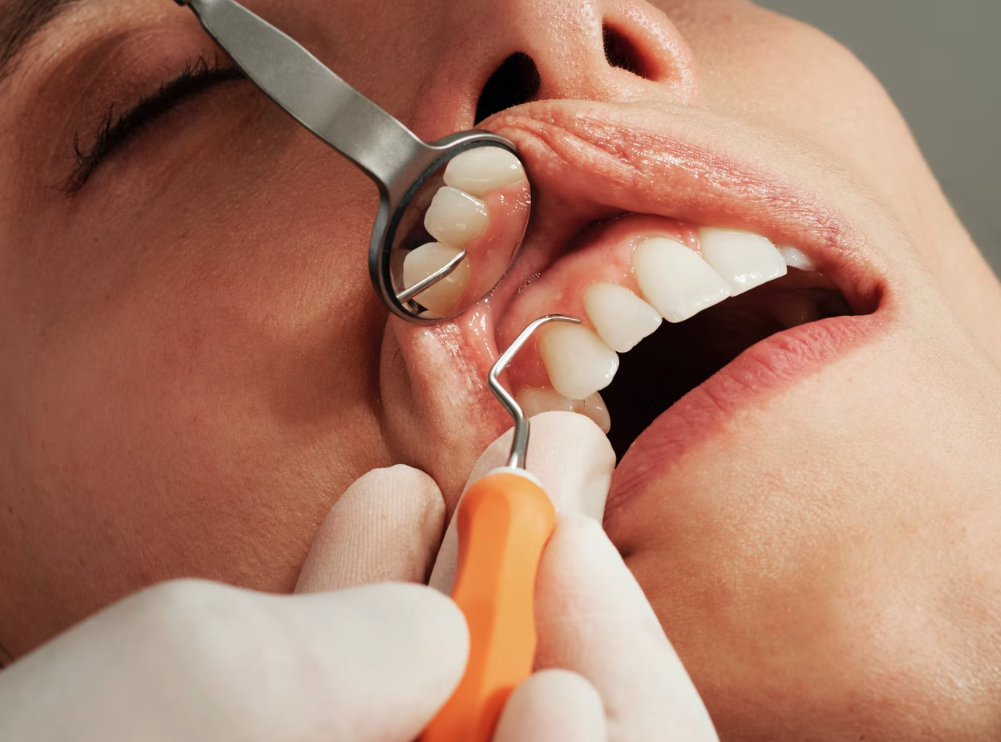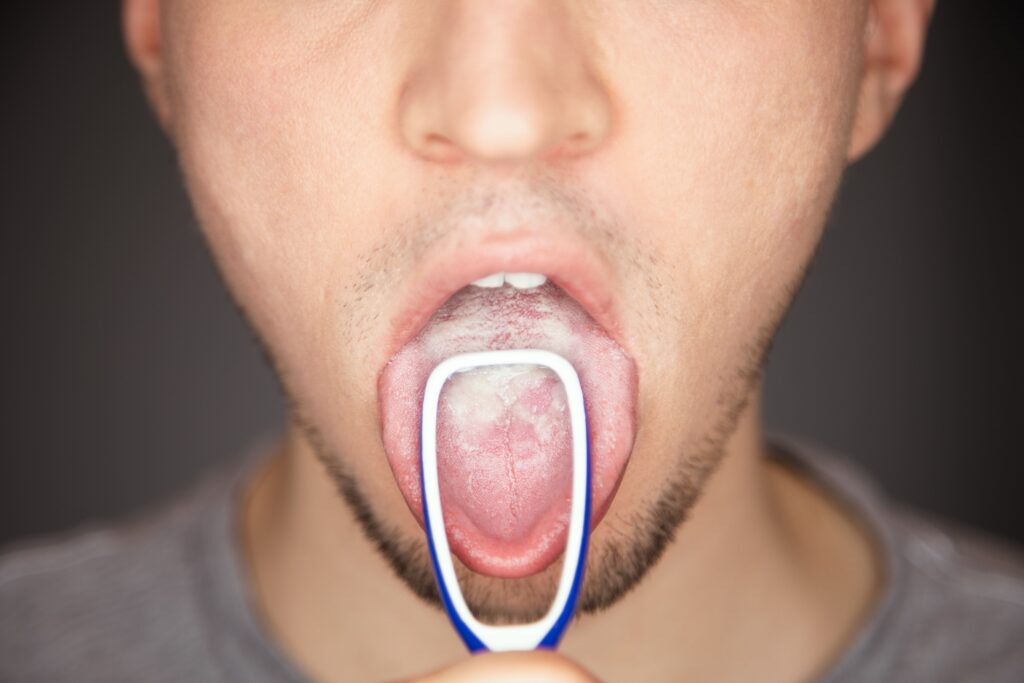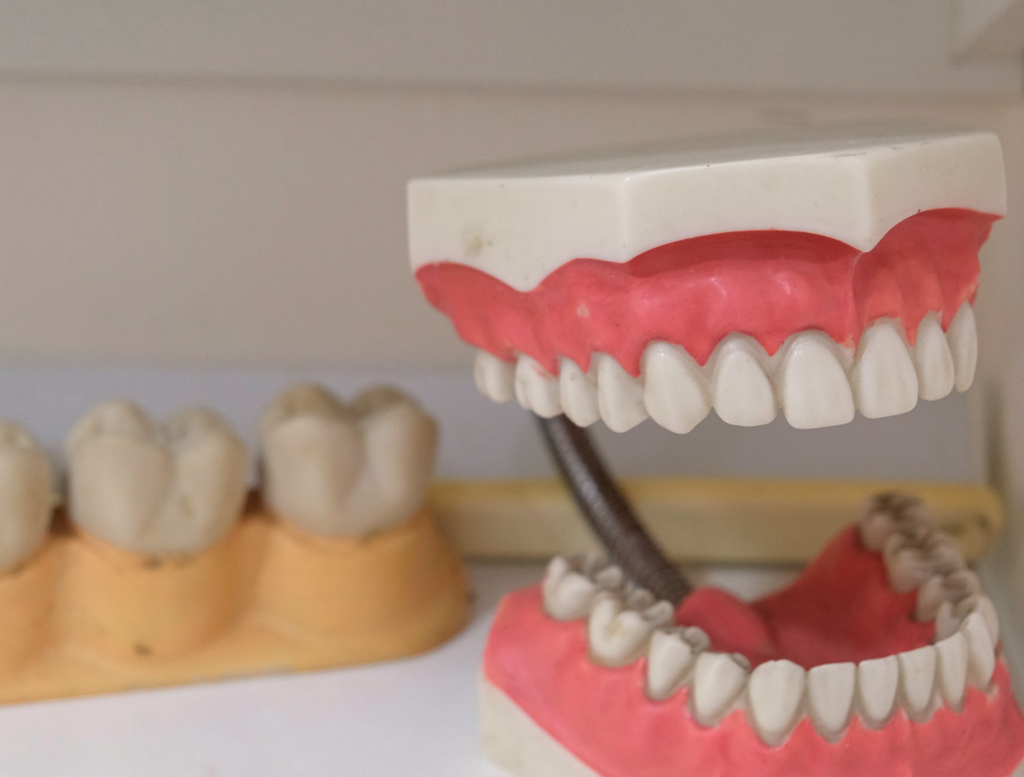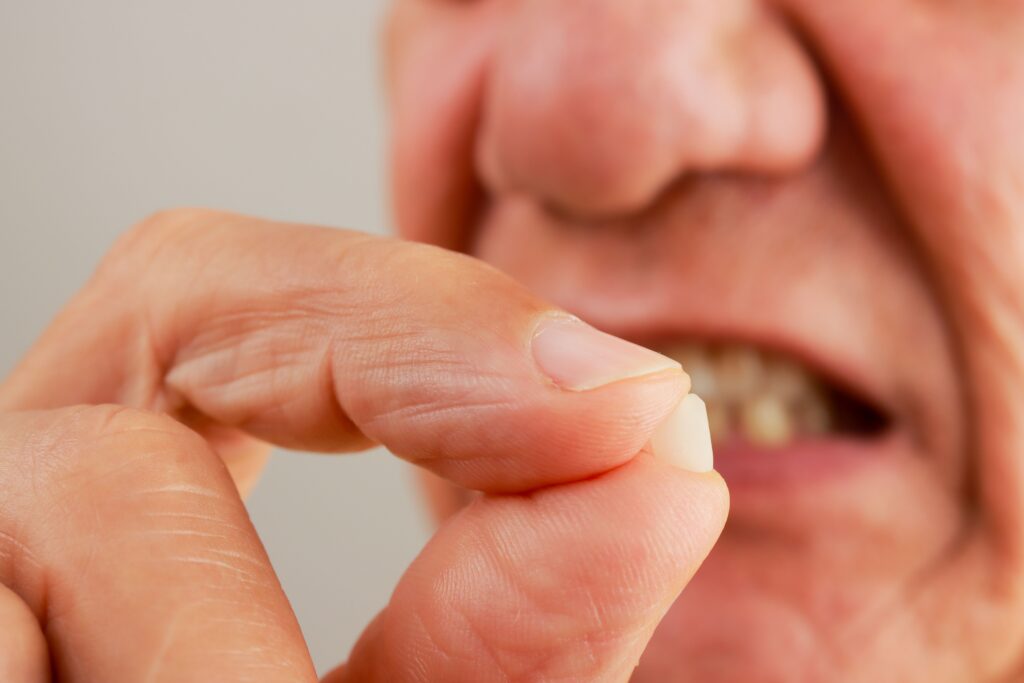Dental crowns are a common way to restore a tooth that has been damaged or lost its natural tooth enamel. While crowns are typically used on back teeth, it is possible to get a crown on a front tooth.
There are several reasons why you might need a crown on a front tooth. If you have a tooth that is severely decayed, a crown may be the best way to restore it. If you have a large filling that has broken or fallen out, a crown may be used to protect the remaining tooth structure. Crowns can also be used for cosmetic reasons, such as if your front teeth are discolored or chipped.
How Long Does A Crown Last On Front Teeth?
A crown on your front tooth will last a long time as long as you don’t put unnecessary pressure on it. Be sure to avoid using your front teeth to bite into foods like apples and corn on the cob. Crowns can last anywhere from 5 to 10 years with proper care. If you take good care of your teeth and see your dentist regularly, your crown should last for several years.
There are a few factors that may affect the longevity of your crown. If you grind your teeth, if you have an occlusal disease (which causes abnormal wear on the front teeth), or if you get into a serious accident where your front tooth is damaged, then the crown on your front tooth can be knocked out.
Can You Crown Just One Front Tooth?
It is possible to get a crown on a single front tooth, but it is not always necessary. In some cases, a single crown can be effective in restoring the function and appearance of a damaged or decayed tooth. However, if the tooth is significantly damaged or if there is extensive decay, multiple crowns may be required for optimal results. Your dentist will be able to assess your individual needs and recommend the best course of treatment.
If you have simply chipped or damaged one of your front teeth, it is possible to have just that one tooth crowned for cosmetic purposes.
Do Crowns On Front Teeth Look Natural?
When it comes to crowns on front teeth, many people are curious if they look natural or not. Ultimately, it depends on the person and their individual teeth. However, in general, crowns on front teeth do tend to look very natural in your mouth.

If you look closely at the crown you may be able to spot the crown with a sharp eye, but most of the time you cannot tell the difference between a front tooth crown and a normal tooth.
One factor that can impact whether or not crowns on front teeth look natural is the type of material used to create the crown. Dental porcelain blends in much more naturally with your teeth than metal does, making it a better material for crowns on front teeth. The dentist can match the color of the porcelain to the natural color of your other teeth making it blend in well.
How Much of The Remaining Front Tooth is Needed to Attach A Crown?
If you have chipped off your front tooth and you are wondering if a dentist will be able to repair it with a crown there are a few things that the dentist will look at. Most of the time you will need around 3/4 of the damaged tooth to still be intact for the dentist to be able to attach a crown.
If the nerve of your tooth is exposed, your dentist will most likely suggest that you have another procedure done besides a crown. You should consult with your dentist to see what type of dental procedure would be best for replacing your front tooth.
Types of Crowns for Front Teeth
When choosing a crown for a front tooth, appearance is crucial because these teeth are visible when you smile, talk, or eat. There are a few different types of crowns that can be used, each with its own advantages:
- Porcelain Crowns: These are the most popular choice for front teeth because they closely resemble natural teeth. Porcelain crowns are custom-made to match the color, shape, and size of your other teeth, making them virtually indistinguishable from your natural smile. They are strong and durable, but like natural teeth, they can still chip or crack if exposed to too much pressure.
- Porcelain-Fused-to-Metal Crowns: These crowns combine the strength of metal with the aesthetic appeal of porcelain. While the metal underneath makes them strong, the porcelain coating allows them to blend with your other teeth. However, over time, the metal beneath the porcelain might start to show, particularly near the gum line, which can affect the appearance.
- Zirconia Crowns: Zirconia is a newer material that is both strong and looks natural. Zirconia crowns are resistant to wear and less likely to chip compared to porcelain crowns. They are a good option for those who need extra durability while still maintaining a natural appearance.
- E-max Crowns: Made from a type of glass ceramic, E-max crowns are another excellent choice for front teeth. They offer both strength and beauty, allowing them to blend seamlessly with the surrounding teeth while providing long-lasting protection.
Will Getting a Crown on a Front Tooth Hurt?
Many people are concerned about whether getting a crown on a front tooth will be painful. The good news is that most of the process is relatively painless, thanks to local anesthesia that your dentist will use to numb the area. You may experience some mild discomfort after the procedure as the anesthesia wears off, especially if the tooth was damaged or decayed before being crowned. Any discomfort can typically be managed with over-the-counter pain relief.
If your front tooth needs a root canal before getting a crown, this might cause a bit more discomfort, but it is manageable, and the end result will be worth it when your tooth is fully restored.
Care and Maintenance of a Crowned Front Tooth
Taking care of a front tooth with a crown is very similar to caring for your natural teeth. However, there are some extra precautions you can take to ensure your crown lasts as long as possible:
- Avoid Hard or Sticky Foods: Chewing on hard foods like ice, nuts, or candies can cause your crown to crack or chip. Sticky foods, such as caramel, can pull on the crown and potentially loosen it.
- Practice Good Oral Hygiene: Brushing and flossing regularly are essential to keep the surrounding teeth and gums healthy. Although crowns themselves cannot decay, the area where the crown meets the gum can be vulnerable to plaque buildup and gum disease.
- Regular Dental Checkups: Visiting your dentist every six months is important to check on the health of your crown and the rest of your teeth. Your dentist will inspect the crown for any signs of damage and ensure it remains securely in place.
What Happens If the Crown Comes Loose?
Crowns on front teeth are generally secure, but accidents can happen. If your crown comes loose or falls off, it’s important to see your dentist right away. A loose crown can expose the underlying tooth to bacteria, leading to decay or infection. Your dentist will assess the situation and either reattach the crown or make a new one if needed.
In the meantime, avoid using that tooth for biting or chewing and keep the area clean. If the crown has fallen off entirely, try to save it and bring it with you to your dentist appointment. Sometimes, the crown can be re-cemented if the tooth underneath is still intact.
Can You Whiten a Crown?
If you have crowns on your front teeth and you’re thinking about whitening your smile, it’s important to know that dental crowns don’t respond to whitening treatments. Crowns are made from materials like porcelain or zirconia, which don’t bleach like natural tooth enamel. If you want to whiten your natural teeth, you should do so before getting a crown, so the dentist can match the crown to the new shade of your teeth.
If you already have a crown and want a whiter smile, your dentist may suggest replacing the crown to match the brighter color of your newly whitened teeth.
Cosmetic Dentistry in Southeast Ohio
If you have chipped or damaged a front tooth visit a dentist nearby as soon as you can. If you are located near Marietta, OH and would like to have the damage to your front teeth repaired, consider visiting Family Tree Dental. Our cosmetic dental services can have your tooth look brand new in just one visit.







